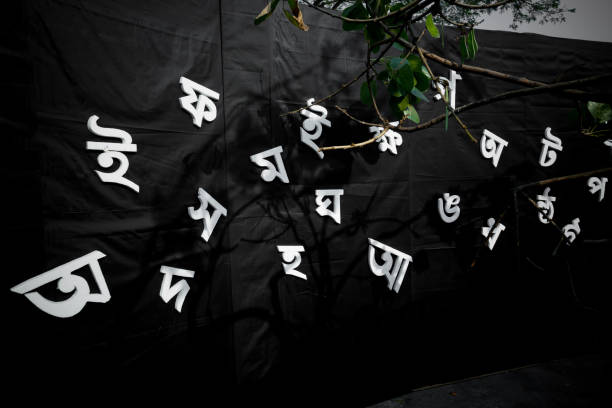The Bengali Language: A Rich Linguistic Heritage
Introduction
Today, we’re diving into the fascinating world of Bengali, one of the most widely spoken languages on our planet. Did you know that Bengali is the seventh most commonly spoken language in the world, with 265 million speakers worldwide and 205 million native speakers?
As per the 2011 Census of India, Bengali is the second most commonly spoken language in the country. Additionally, it ranks as the world’s fifth most popular writing system.That’s right, and by the end of this video, you’ll understand why this language is so special and influential.
Origin And History
Let’s start with a quick journey through time:
Most people agree that back at a time, Bengali, Assamese, and Oriya put together a single root from which Assamese and Oriya separated later. This is one of the reasons why speakers of Oriya and Assamese also claim ownership of the Charyapadas, or Buddhist mystic songs, which are among the oldest examples of Bengali language and literature.
The language developed through three main periods:
– Old Bengali (900-1400 CE)
– Middle Bengali (1400-1800 CE)
– Modern Bengali (1800 CE – present)
Imagine this: the earliest known Bengali literature dates back to the 8th century CE. That’s over 1200 years of rich literary tradition!

Key Facts
Now, let’s look at some fascinating facts about Bengali:
- It’s the official language of Bangladesh and the second most spoken language in India.
- Bengali uses its own script, called Bangla lipi, derived from the ancient Brahmi script.
- The language has a complex sound system with 29 consonants and 14 vowels.
- Unlike many other languages, Bengali nouns don’t have grammatical gender.
- Bengali vocabulary borrows from Sanskrit, Persian, Arabic, and English.
- Bengali is spoken by large diaspora communities in countries such as the United Kingdom, United States, and Middle Eastern nations.
- Bengali has influenced neighbouring languages like Assamese, Odia, and several indigenous languages of Northeast India.
- It has also contributed loanwords to English, such as “jute,” “dharma,” and “pundit.”
Cultural Significance
Bengali isn’t just a language; it’s a cultural powerhouse:
- It’s given us a Nobel laureate in literature – the renowned Rabindranath Tagore.
- Even The Bengali film industry has produced world-famous directors like Satyajit Ray.
- Bengali played a crucial role in the independence movement of Bangladesh.
- Do you know that UNESCO recognizes February 21st as International Mother Language Day, honoring the Bengali Language Movement of 1952?

But don’t worry! There are ongoing initiatives to promote and preserve this beautiful language through digital platforms, education programs, and cultural exchanges.
Conclusion
With such a rich history, all we can say is Bengali is a language with a rich history spanning over a millennium.It’s spoken by millions worldwide and has significantly influenced literature, music, and cinema. Despite challenges, Bengali continues to thrive and adapt in our modern world.
Whether you’re a language learner, a culture enthusiast, or just curious about the world’s linguistic diversity, Bengali offers a fascinating window into the vibrant culture of South Asia. So, the next time you hear someone speaking Bengali, you’ll know you’re listening to a language with a truly remarkable story.
